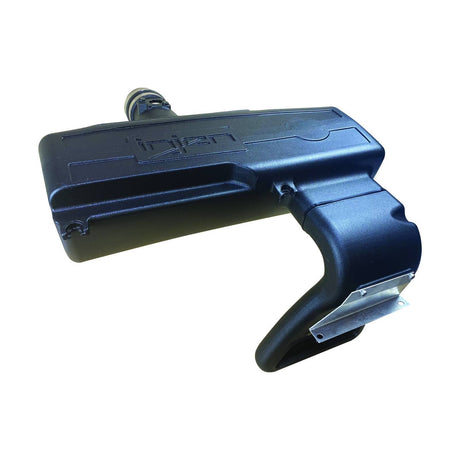Your car’s engine is its heart, converting fuel into mechanical power that moves your vehicle. Understanding it at a detailed level will help you maintain your ride, detect problems early, and maximize efficiency, performance, and longevity.
How an Engine Works – Step by Step
1. Air-Fuel Intake: Air enters through the intake system, mixing with fuel delivered by injectors.
2. Compression: Pistons compress the air-fuel mixture inside cylinders, increasing energy efficiency.
3. Combustion: Spark plugs ignite the mixture at precisely timed intervals, causing small explosions that push pistons downward.
4. Power Transfer: Pistons move the crankshaft, converting linear motion into rotational motion to turn the wheels.
5. Exhaust: Valves open to release burned gases through the exhaust system.
This cycle — intake, compression, combustion, exhaust — is repeated thousands of times per minute, keeping your car moving smoothly.
Key Engine Components
Cylinders: Chambers where combustion occurs. Engines can be 3, 4, 6, or 8 cylinders depending on the vehicle.
Pistons: Move up and down inside cylinders, transferring energy to the crankshaft.
Crankshaft: Converts piston motion into rotational motion for the transmission.
Camshaft: Controls valve timing for intake and exhaust.
Valves: Intake valves let air-fuel in; exhaust valves let gases out.
Spark Plugs: Ignite the air-fuel mixture.
Timing Belt/Chain: Ensures pistons and valves move in sync.
Oil Pump & Lubrication System: Reduces friction and prevents wear on moving parts.
Cooling System (Radiator, Water Pump, Thermostat): Maintains optimal engine temperature.
Common Engine Problems
Overheating: Often caused by coolant leaks, faulty water pump, or clogged radiator. Can warp cylinder heads.
Knocking/Pinging: Caused by improper fuel octane, carbon buildup, or incorrect timing.
Oil Leaks: Can damage bearings and other moving parts if oil level drops too low.
Loss of Power: Often due to clogged filters, fuel delivery issues, or sensor malfunctions.
Check Engine Light: Can indicate anything from minor sensor issues to serious mechanical problems.
Maintenance Tips for Engine Longevity
Oil & Filter: Replace at manufacturer-recommended intervals (typically 5,000–7,500 miles for modern engines).
Coolant System: Check levels, inspect hoses, and flush periodically.
Belts & Chains: Inspect for cracks, tension, and wear.
Spark Plugs: Replace per your car’s schedule; worn plugs reduce efficiency.
Air Filters: Clean or replace to ensure proper airflow.
Fuel System: Use quality fuel, and occasionally use fuel system cleaners.
Pro Tips for Engine Care
- Warm up your engine for 1–2 minutes in cold weather to allow oil circulation.
- Avoid hard acceleration until the engine reaches optimal operating temperature.
- Keep an engine log of maintenance — helps track issues and maintain resale value.
- Listen carefully: unusual noises, rough idling, or changes in performance often signal early problems.

















